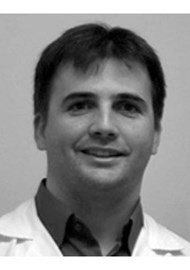This paper is an up-to-date review on surgical and non-surgical options for the treatment of facial paralysis. The authors thoroughly describe recent techniques, like the masseter-to-facial nerve transfer, explaining the advantages over other more popular transfer techniques like the hypoglossal-to-facial nerve transfer. Contiguous regional muscle transfer (temporalis muscle transposition and Labb’s technique) are also addressed in the article with their tips and pitfalls, and gracilis free-flap transfer with ipsilateral masseter nerve neurotisation or contralateral facial nerve reinervation through a sural nerve cross graft are also explained. Non surgical procedures like botulinum toxin use or office-based procedures like selected myectomies are considered to further improve the outcome of major surgical procedures. The large number of images in the article helps to describe the techniques and show the typical postoperative results. There are several clips that are available online to show the dynamic restoration of the smile with further detail; this is a must in today’s description of facial reanimation results. The authors provide an algorithm for facial reanimation regarding parameters like uni or bilateral affectation, age of the patient or time of onset; facial rehabilitation therapy is also favoured. This is a key paper for facial plastic surgeons with facial reanimation practice. The continuous evolution of techniques and the increasingly high outcome standards mean that surgeons regularly modify old procedures and add new ones. A very commendable paper.
A review on contemporary options for facial reanimation
Reviewed by Eduardo Morera Serna
Contemporary solutions for the treatment of facial nerve paralysis.
CONTRIBUTOR
Eduardo Morera Serna
Hospital Universitario Son Espases, Palma de Mallorca, Spain.
View Full Profile



